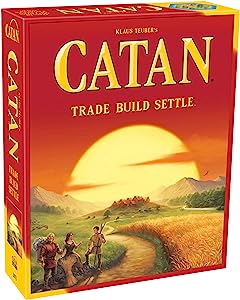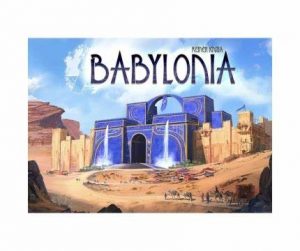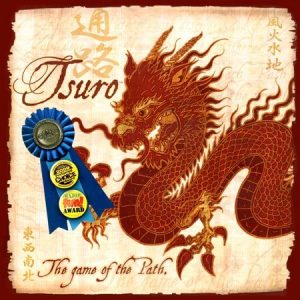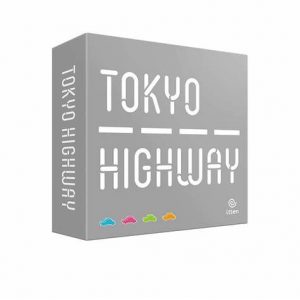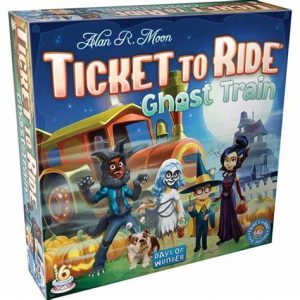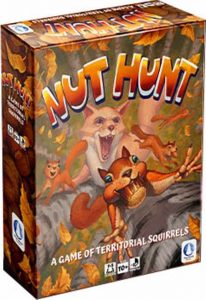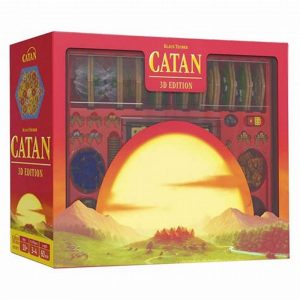
Catan: 3D Edition
In CATAN, players try to be the dominant force on the island of Catan by building settlements, cities, and roads. On each turn, dice are rolled to determine what resources — sheep, wheat, wood, brick and ore — the island produces. Players spend these resources to build settlements, roads, and cities and to purchase development cards that have different effects. Each settlement and city you have is worth points, and you can gain additional points by building the longest road, acquiring the largest army, or collecting certain development cards. The first player to collect 10 points wins.
In CATAN: 3D Edition, the island of Catan rises off the table for an immersive experience like no other. Your settlements grow from fertile grain fields, and your cities nestle into the sides of majestic mountains. The look of the land is based on terrain tiles hand-sculpted by game designer Klaus Teuber. All of the terrain is hand-painted for stunning color, and the intricately designed player pieces are antiqued for a look that’s full of history and character.
Game Mechanics:
- Dice Rolling
- Economic
- Negotiation
- Network Building
- Trading
Game Specifications:
- 3 – 4 Players
- ~45 Minutes
- Difficulty Weight 2.31
